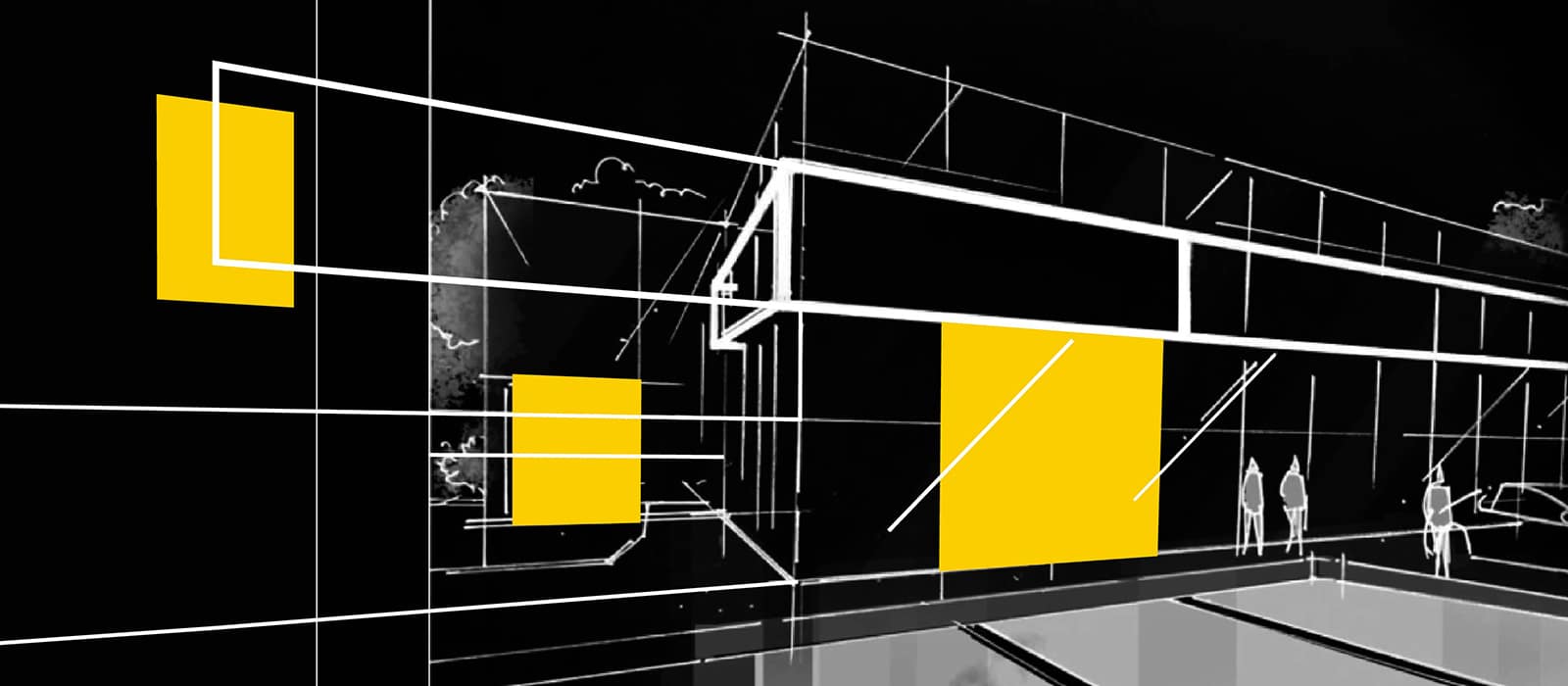×

Our Executive Director of Architecture, Glen Middleton, shares how brands should be approaching sustainable retail design.

Architecture and design are disciplines deeply rooted in creativity, innovation, and problem-solving. While technical expertise and creativity are essential to navigate changing times, true success today requires a flexible and adaptable approach.
Over the past 3 years we have all watched the availability and cost of building materials skyrocket. As shortages peaked in 2022, companies were going as far as ordering ahead to stockpile materials and equipment, simply to continue building and renovating.
In the first quarter of 2023 we saw things level out somewhat, but as the world around us continues to change at an unprecedented pace, design, architecture, and engineering teams need to be extremely adaptable and flexible, so we can meet client needs.
Flexibility and adaptability go hand in hand, but they are not one in the same. Flexibility refers to the ability to respond and adjust to changes and unforeseen circumstances promptly. When faced with shifting requirements or unexpected challenges, a flexible approach means having the ability to quickly adapt design strategies, timelines, budgets, etc.
While flexibility emphasizes immediate responses to change, adaptability focuses on thriving in evolving environments over the long-term. An adaptable approach anticipates potential changes and proactively prepares for them, ensuring needs are met even in dynamic market conditions.
Both flexibility and adaptability are invaluable qualities in architecture, design, and engineering. Flexibility enables a swift response to immediate demands. Adaptability empowers us to anticipate and proactively address long-term changes, helping us to stay relevant and sustainably meet needs over time.
By harnessing the power of flexibility and adaptability, we open ourselves up to creating new and innovative solutions, such as ChangeUp’s Expedited Phased Approach.
ChangeUp’s clients were not immune to the worldwide supply chain shortages, and as shortages peaked, we found ourselves redesigning buildings mid-project, based on the availability of equipment and materials. We needed to shift with the times in a long-lasting way, so we proactively created a new process which we dubbed an Expedited Phased Approach. Applying a phased methodology allows us to analyze the various steps of a project to best identify the outcome that meets the client’s budget and timeline.
It’s a forward-thinking process that prioritizes the end result—do all of your research upfront—then design and build around the availably of product and equipment that’s already been sourced and available. If any unforeseens do pop up, it’s easier to pivot when you’re more nimble.
Architecture is not only about designing aesthetically pleasing structures and spaces; it also involves adhering to various regulatory and environmental factors. Building codes, zoning regulations, sustainability requirements, and environmental considerations all play a significant role in shaping every project. A flexible team stays up to date with the latest regulations & trends and can seamlessly integrate them into the design solutions, ensuring compliance while minimizing the impact on the environment.
Technology continues to revolutionize the field of Architecture & Design, offering new tools and methodologies that enhance the design and construction process and build costs. A flexible architecture team actively seeks out and embraces these advancements, staying ahead of the curve and integrating the right solution into their workflow. Whether it’s using the latest AI plugin software for Building Information Modeling (BIM) software, virtual reality simulations, or parametric design tools, flexibility allows us to leverage technology to our advantage, resulting in improved design, efficiency, and accuracy.
By leveraging technological advancements, applying an Expedited Phased Approach to projects, and embracing collaboration, architecture and design teams can be empowered to successfully navigate these changing times. And while the Expedited Phased Approach may not be common terminology, yet—based on the future landscape, we predict that more and more teams will be adopting this methodology to stay industry relevant and to be successful.


